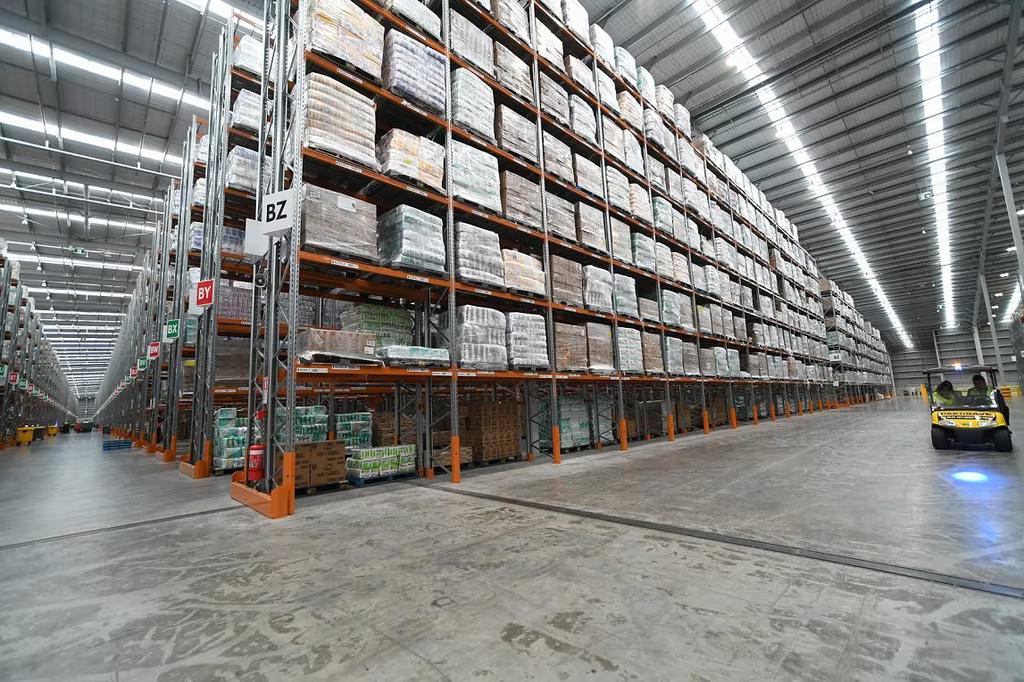
Media Release: Cost increases from grocery suppliers to supermarkets increase 8.3% in June
Supplier costs rose again year on year in June, but momentum in the cost increases to supermarkets has continued to moderate compared with 2022. The Infometrics-Foodstuffs New Zealand Grocery Supplier Cost Index (GSCI) shows an 8.3%pa increase in what suppliers charged supermarkets for goods in June 2023 compared to a year ago.
“The 8.3%pa increase in the GSCI is a further improvement on the 8.8%pa pace recorded in May and higher annual increases before that. Monthly increases in the last three months have been less intense than the considerably larger rises in late 2022, but they are still around triple the monthly rate seen pre-pandemic,” says Infometrics Chief Executive and Principal Economist Brad Olsen. “It’s important to stress that actual costs aren’t falling overall – far from it – but cost increases aren’t as fast-paced as they have been before, a sign of easing pressure on costs generally.”
The Infometrics-Foodstuffs New Zealand Grocery Supplier Cost Index (GSCI), commissioned by Foodstuffs New Zealand, measures the change in the cost of grocery goods charged by suppliers to the Foodstuffs North Island and South Island cooperatives. The Index utilises detailed Foodstuffs NZ data across over 60,000 products Foodstuffs buys to stock in store, making it the largest dataset of its type in New Zealand, to give a real-time view on supplier cost changes.
Every month, the Index tracks what it costs supermarkets to buy the goods to put on the shelf. Previous analysis shows that supplier costs are the major component of supermarket prices, representing two-thirds of the on-shelf price.
“Input cost indicators continue to show a moderation of further pressure too. Global food prices show an improvement, and increases in imported food costs have moderated since the start of 2023. Domestic food input costs are still showing a trend of rising costs, but at a less intense rate as previously,” says Mr Olsen. Imported food prices rose by 13%pa in the first quarter of 2023, a slower pace than the 26%pa recorded at the end of 2022.
“Supplier costs rose across all departments again in June, although the annual change for most departments showed a further moderation as costs rise at a less intense pace than previously,” says Mr Olsen. “Bakery costs rose the most month-on-month, with larger rises in chilled foods and grocery too. The chilled food increases were driven by higher costs for dairy and chilled meats, and the rise in grocery costs was driven by larger cost increases for grains, chips, and noodles items.”
“Over 4,000 items increased in cost in June 2023, about 2½ times the number of items back in June 2020. The latest result is still one of the top 20 months for the highest number of items increasing in cost.”
ENDS
Note:
The Infometrics-Foodstuffs New Zealand Grocery Supplier Cost Index (GSCI), commissioned by Foodstuffs New Zealand, measures the change in the cost of grocery goods charged by suppliers to the Foodstuffs North and South Island cooperatives.
The Index utilises detailed Foodstuffs NZ data, across over 60,000 products, analysed by independent economics consultancy Infometrics to produce the GSCI and publish it on a monthly basis. For more details see www.infometrics.co.nz/product/grocery-supplier-cost-index.









